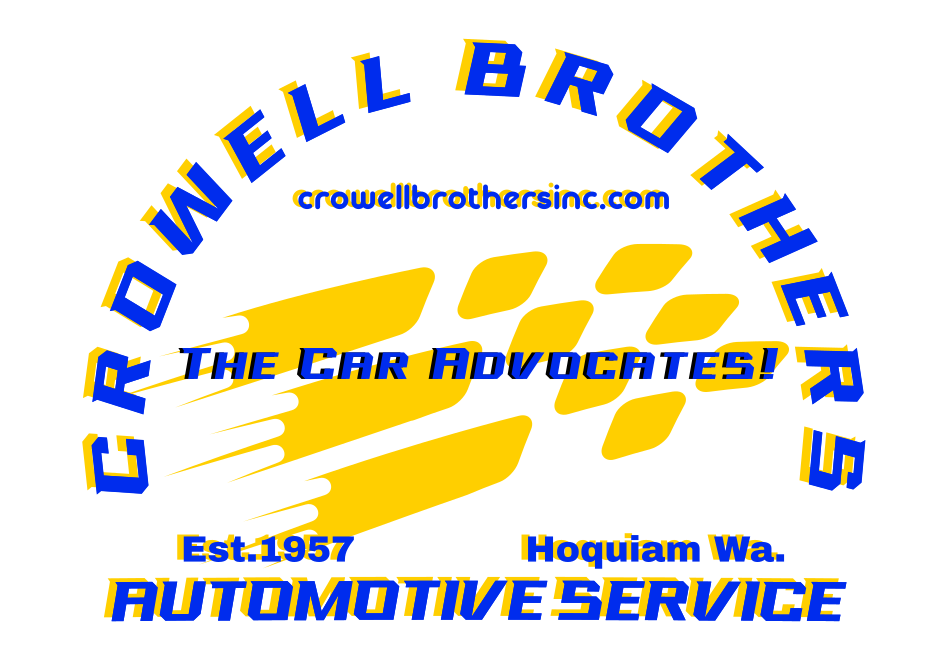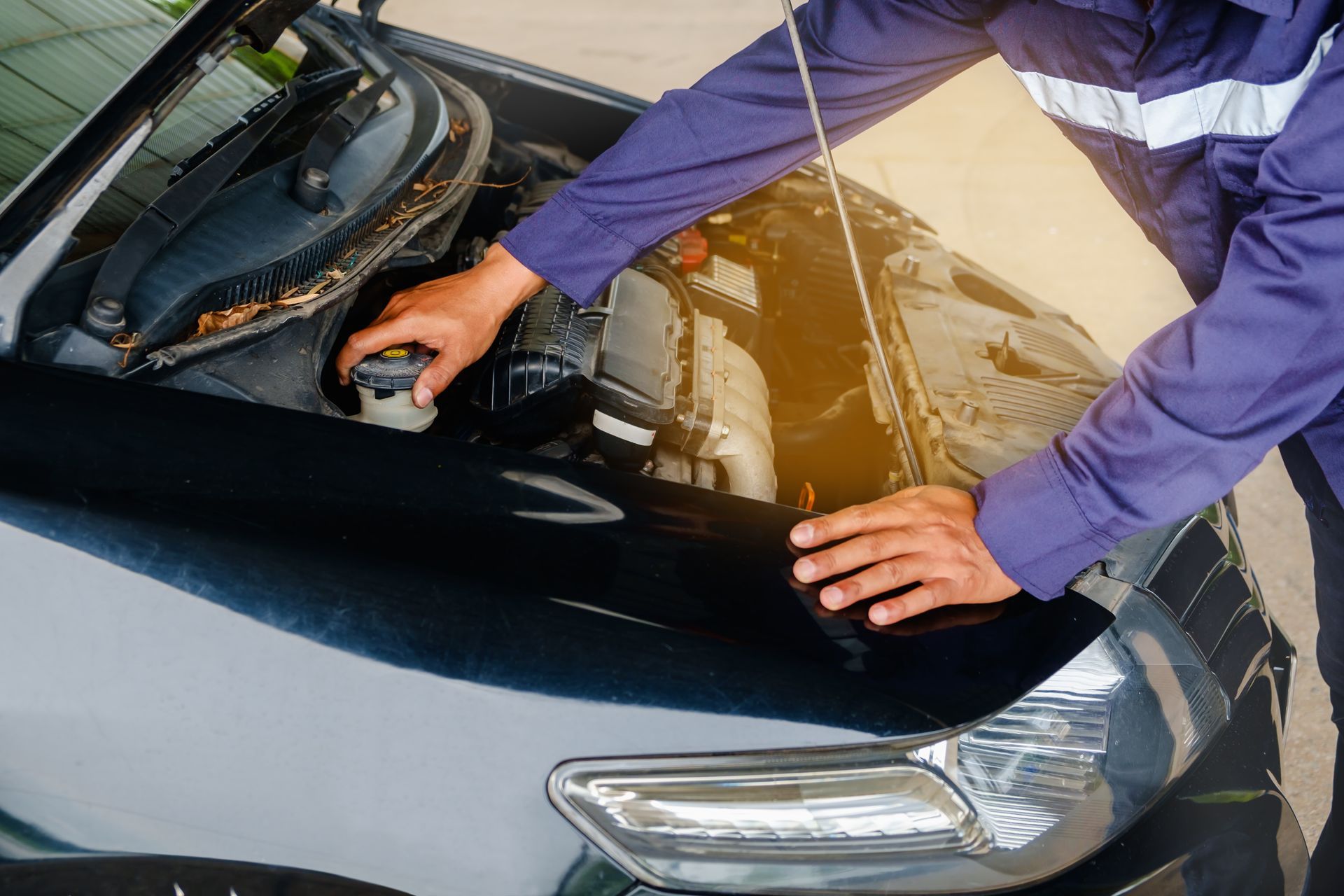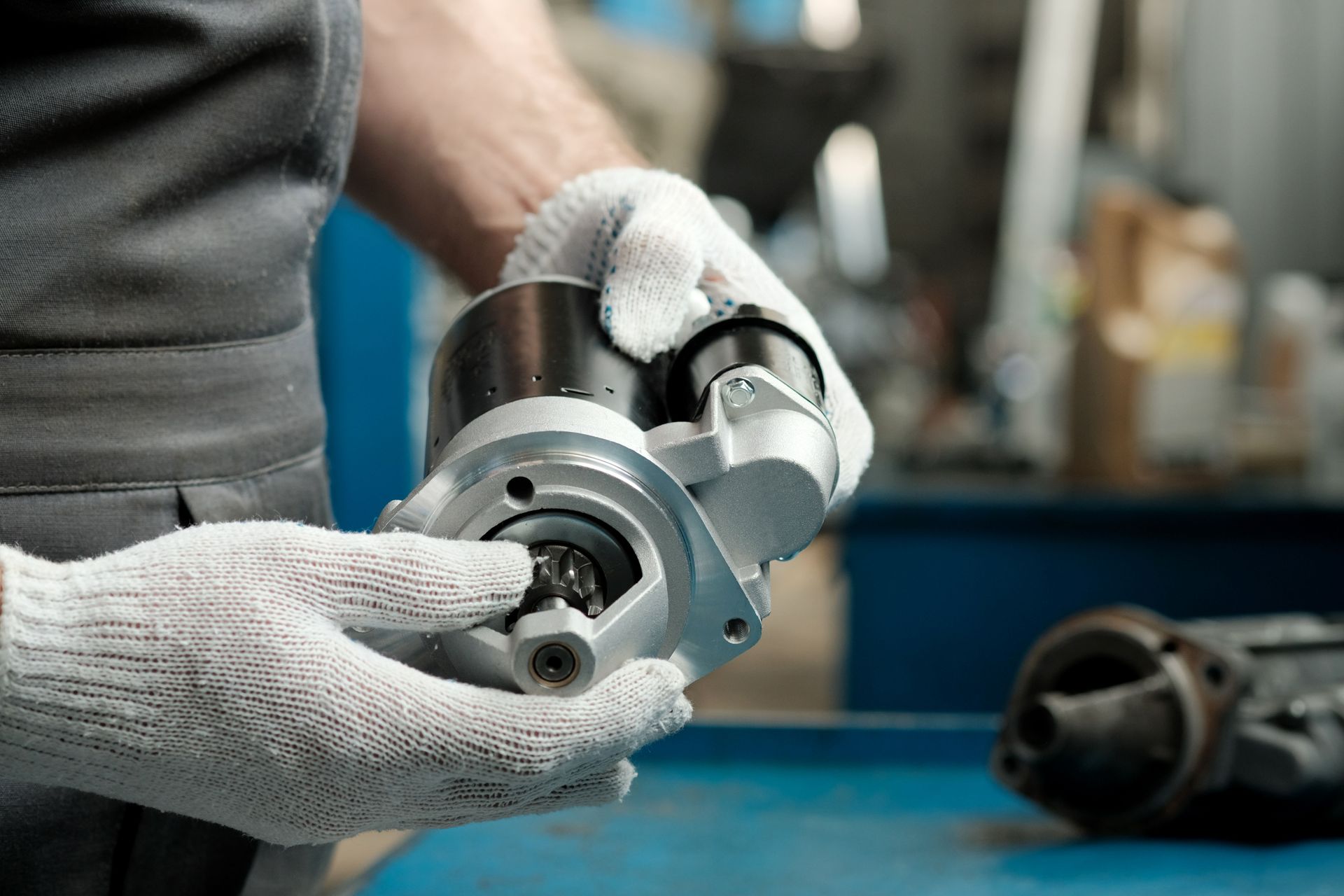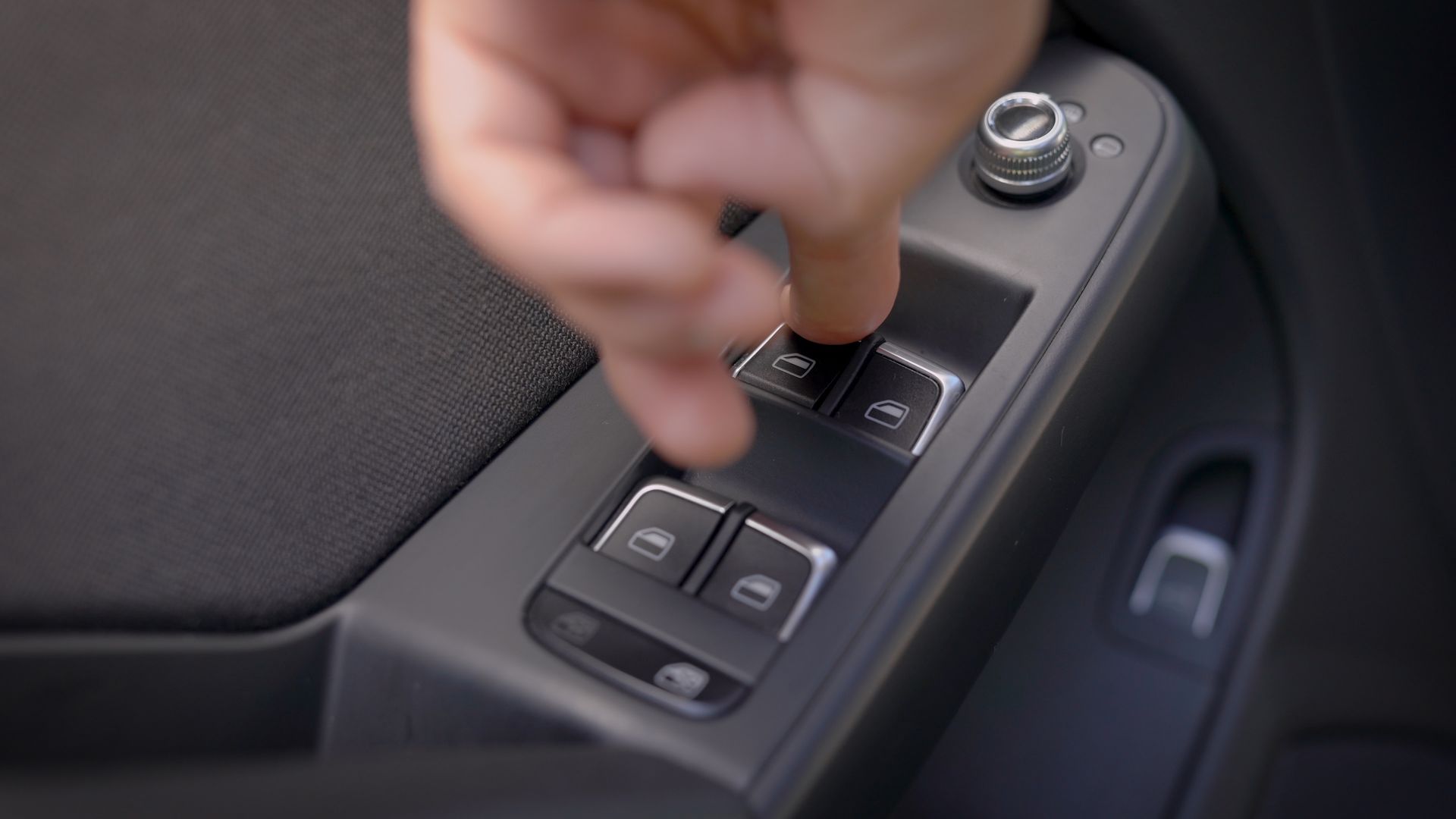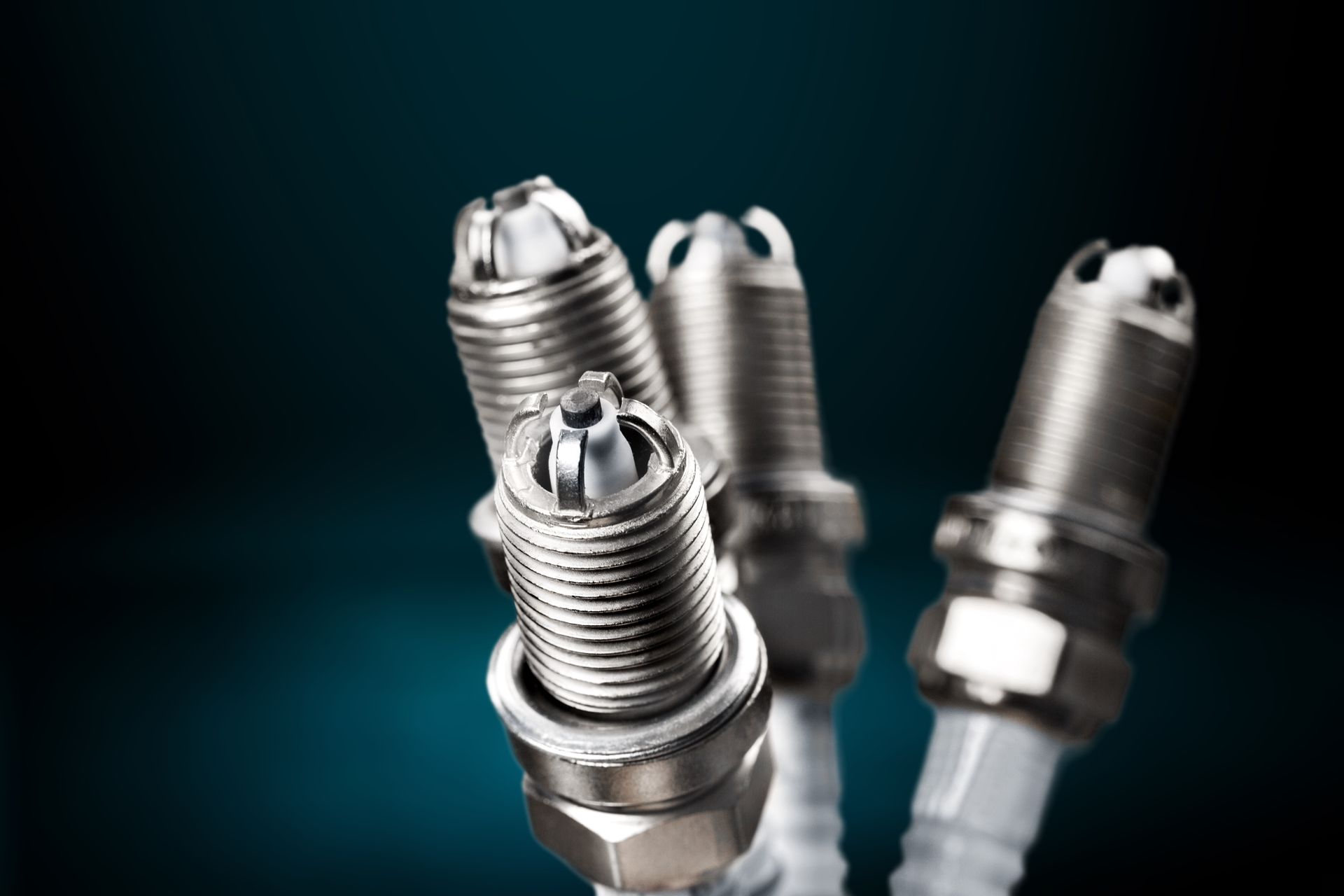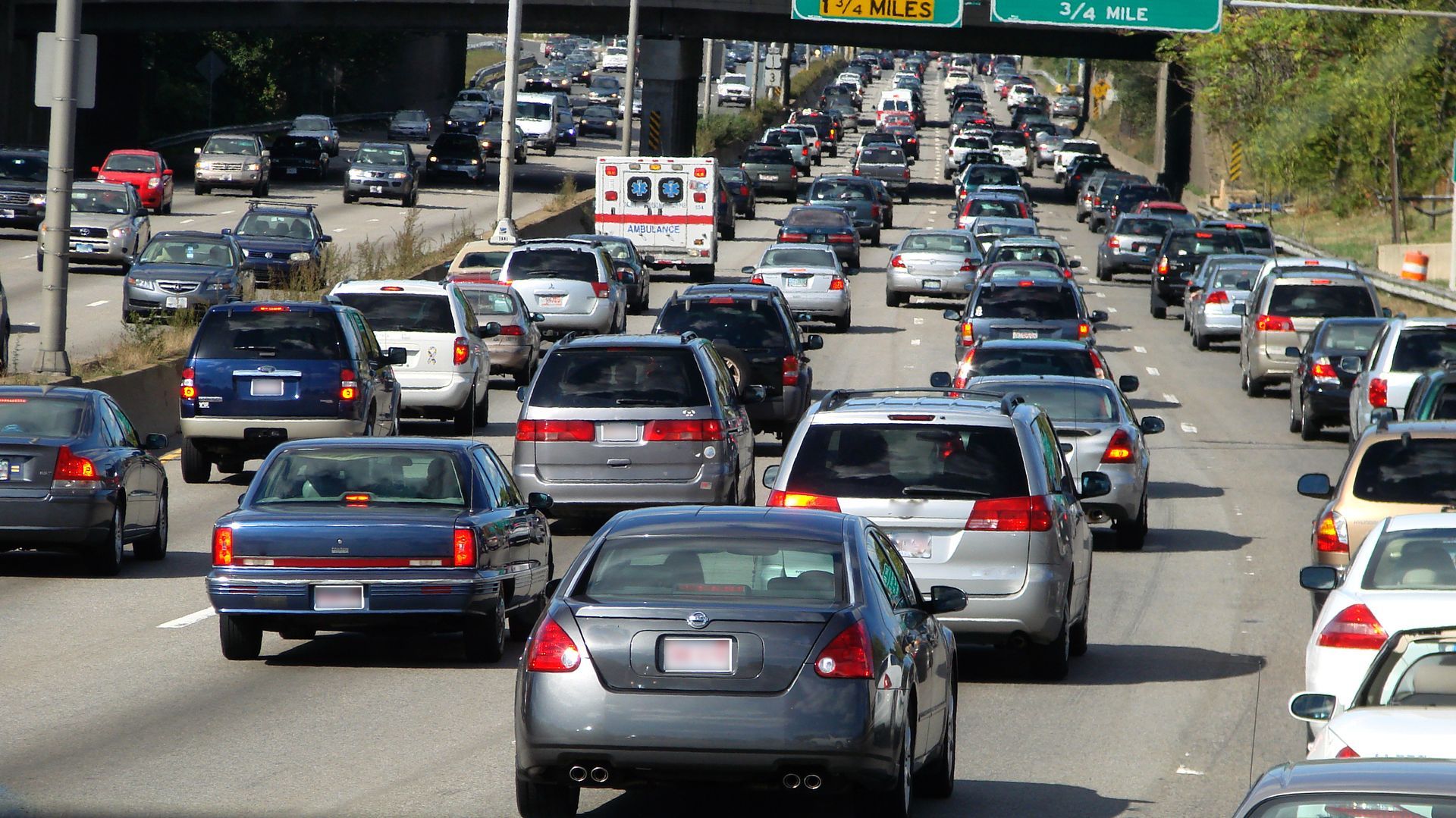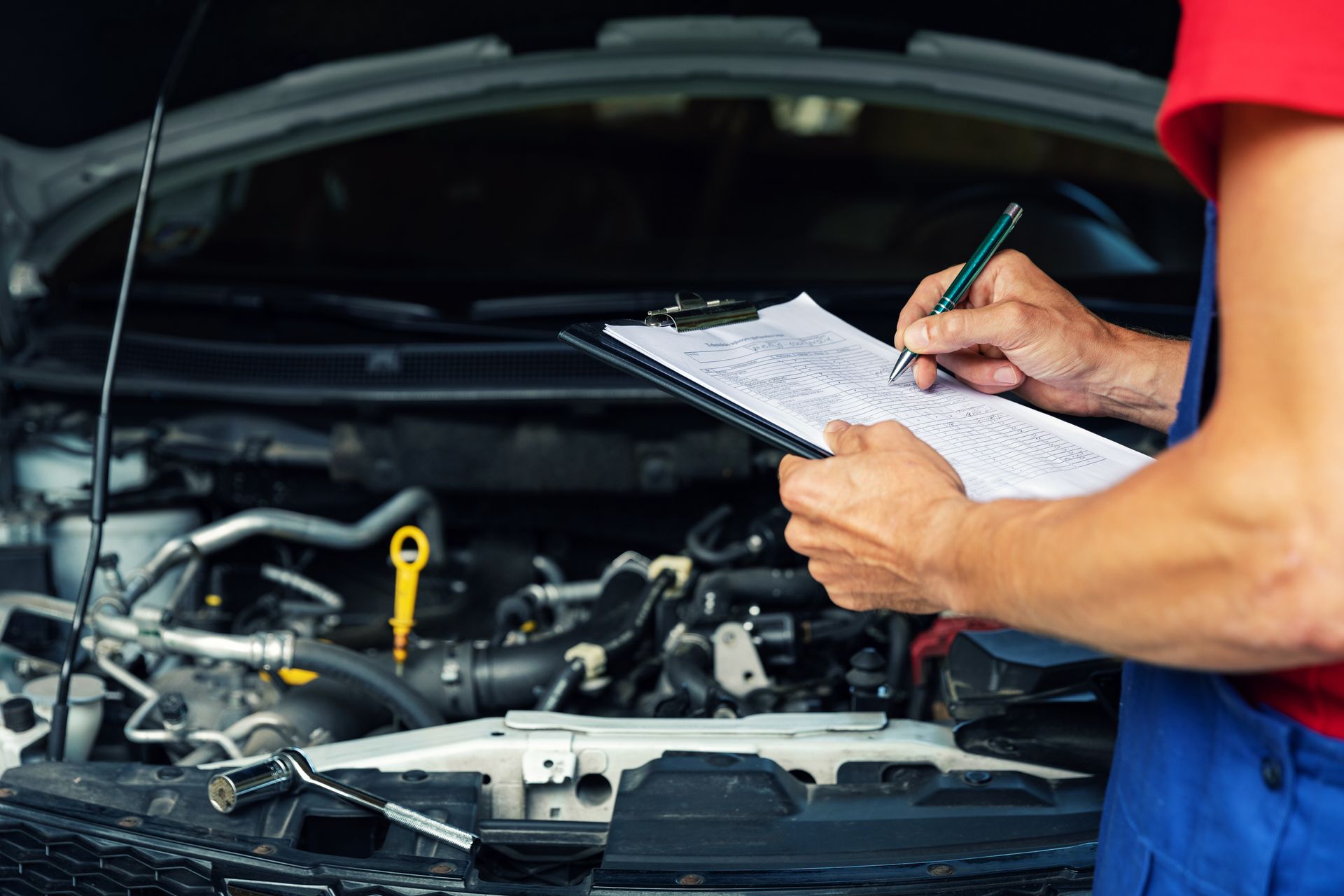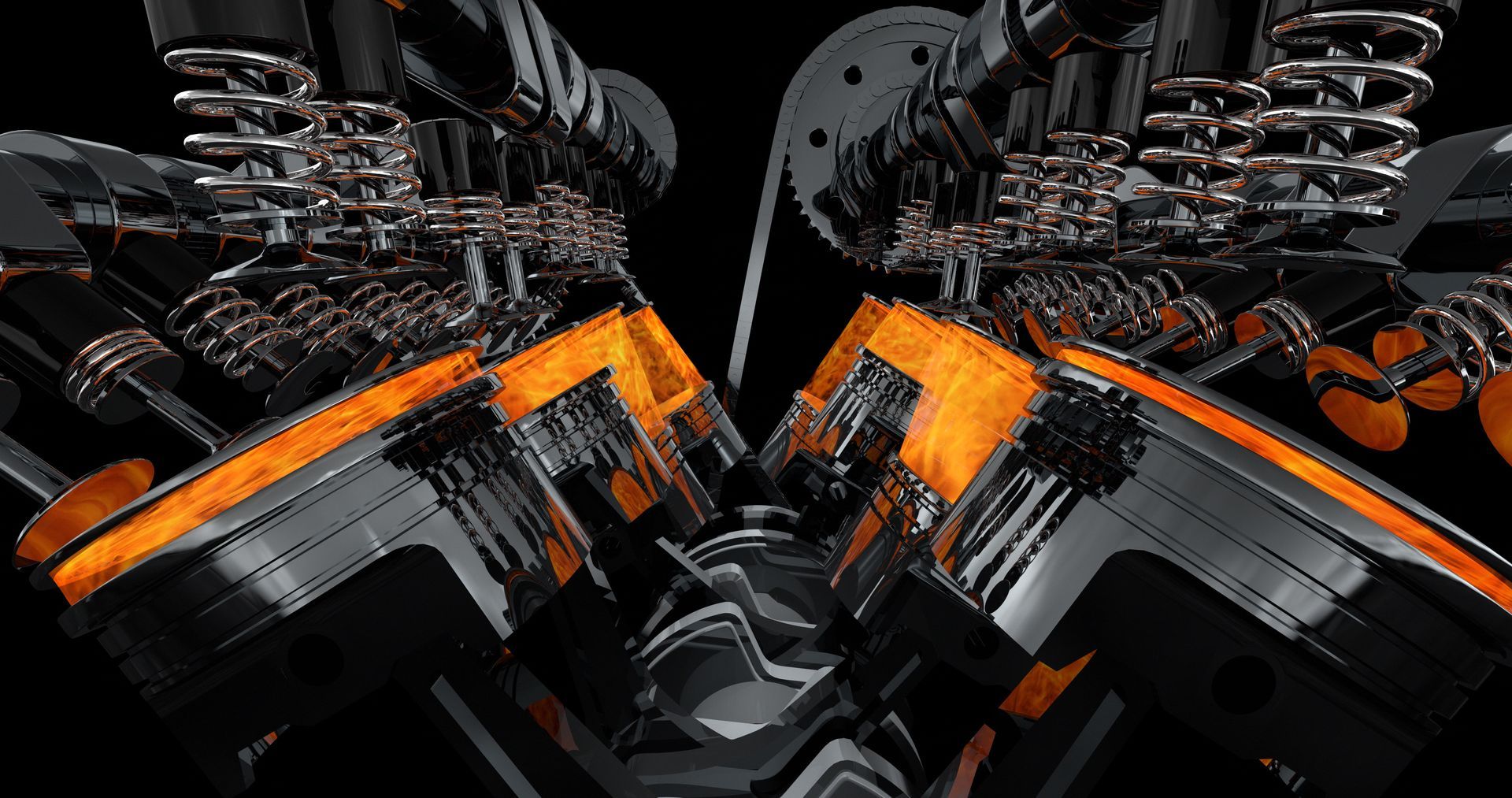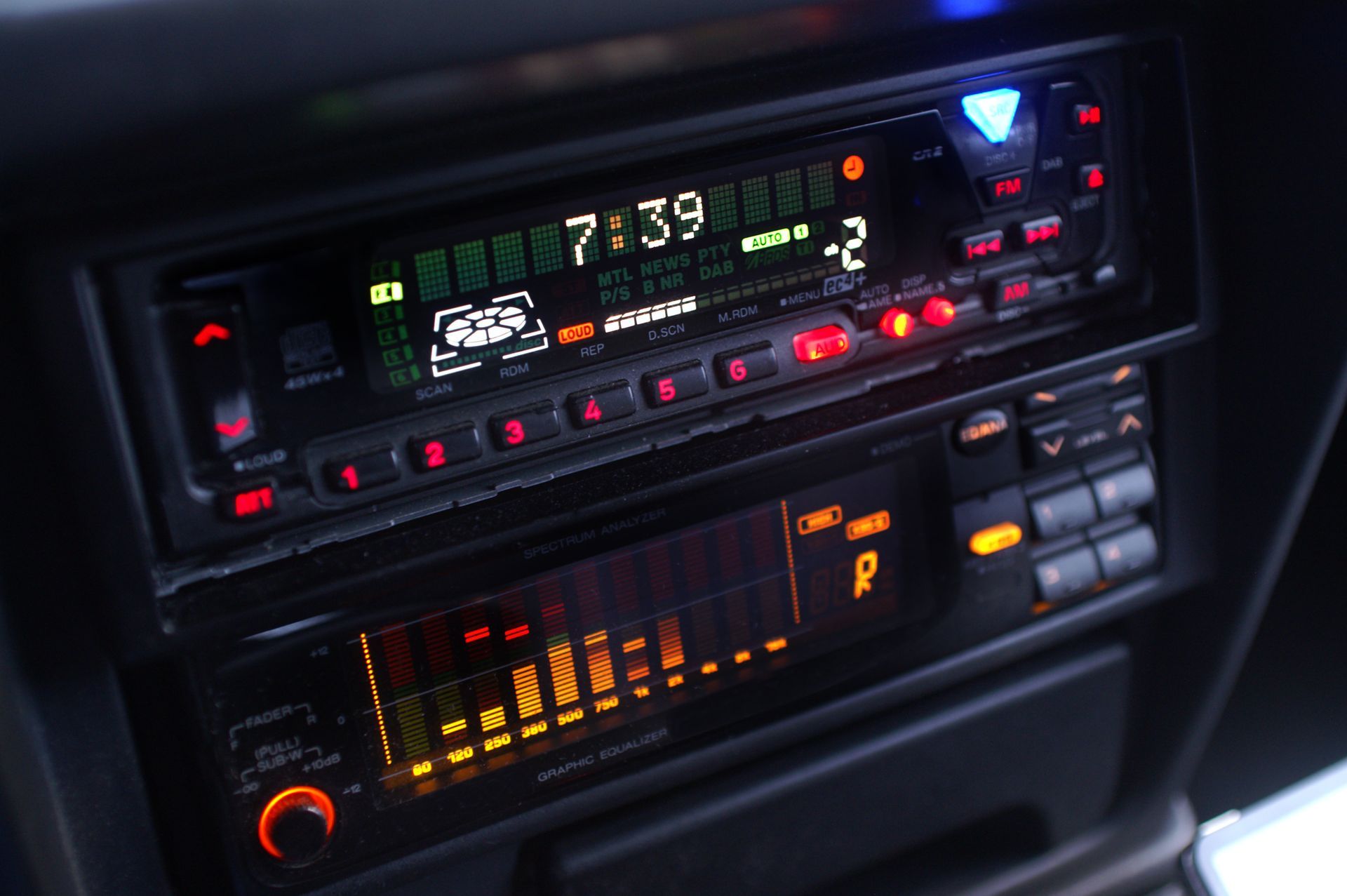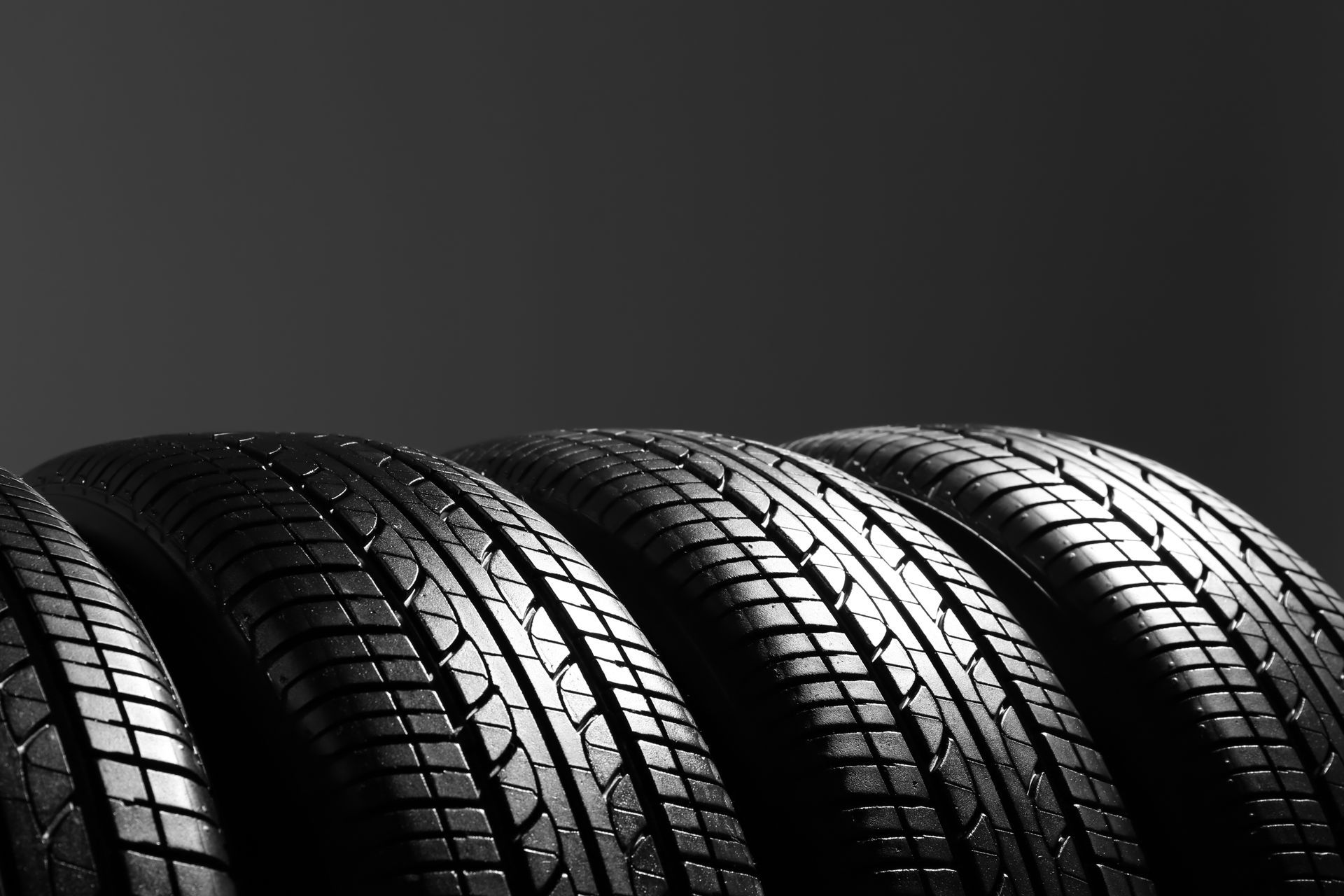Living by the ocean offers numerous lifestyle advantages, but it also presents a unique set of challenges for vehicle owners. While coastal air and beachside drives might seem idyllic, the salty, humid environment takes a toll on your car in ways that aren’t always immediately visible. Over time, this exposure can accelerate corrosion, deteriorate electrical systems, and even affect your car’s performance and safety.
Learning about how the ocean environment interacts with your vehicle is the first step toward protecting it. Here’s what every coastal driver should know.
Why Salt Air Is So Damaging
Salt is naturally present in the ocean’s spray and the air near the coast. This salty mist settles on vehicles throughout the day, even when they aren’t directly exposed to seawater. Salt itself isn’t the problem, it's when salt combines with moisture from fog, rain, or humidity that it becomes corrosive.
This salt-laden moisture acts like a slow-moving acid, eating away at exposed metal. Over time, this leads to rust formation and material degradation, especially in areas that are hard to clean or inspect regularly. Coastal vehicles are often at a higher risk for premature aging, even if they appear well-maintained from the outside.
Where Corrosion Hits the Hardest
While all parts of your car are vulnerable, some areas are more frequently affected by coastal corrosion due to constant exposure or lack of protection. These include:
- Undercarriage and frame: These parts are closest to the road and get the most salt buildup.
- Brake lines and calipers: Corrosion here can lead to brake failure if not addressed.
- Exhaust system: Mufflers and pipes tend to rust quickly, especially in salty environments.
- Suspension components: Springs, arms, and bushings are all exposed and subject to rust over time.
- Door hinges and hood latches: These may start to stick or creak as rust accumulates.
If left unchecked, corrosion in these areas can compromise both performance and safety.
Paint and Finish Are Also at Risk
Even if you wash your car regularly, the exterior paint is always under attack near the ocean. Salt crystals are abrasive, and when they rest on your car’s surface, they can gradually wear down the clear coat. Combined with strong sunlight, this leads to oxidation, fading, and paint blistering.
Once the protective paint layer is compromised, moisture can reach the metal underneath and start the rusting process. Chips or scratches in the paint become open invitations for salt and water to invade.
Keeping your paint in good condition isn’t just about looks—it’s one of the most effective ways to prevent long-term damage caused by coastal exposure.
How Ocean Air Affects Your Car’s Electronics
Modern vehicles are filled with electronic systems, from engine sensors to backup cameras and infotainment units. Moisture and salt can penetrate wiring harnesses and electrical connectors, particularly when rubber seals have begun to degrade.
Problems might start small with an intermittent light or malfunctioning switch, but salt corrosion can spread quickly through electrical systems. Eventually, these minor issues can evolve into expensive repair jobs if components begin to fail altogether.
In vehicles parked outside regularly in coastal environments, electronics are more prone to early failure unless precautions are taken.
How to Protect Your Vehicle
Although you can’t remove salt from the ocean air, you can take steps to protect your car from its harmful effects. Here are some of the most effective strategies:
- Wash your car frequently, especially after foggy mornings or salty breezes. Pay extra attention to the undercarriage.
- Wax the paint regularly to provide a barrier between the surface and the salt.
- Park in a garage or use a car cover to reduce exposure when the car isn’t in use.
- Inspect door seals and window trim to ensure water isn’t leaking into hidden areas.
- Schedule underbody inspections and rust-proofing every year if you live full-time near the ocean.
- These habits can greatly extend the lifespan of your vehicle and reduce the likelihood of premature repairs.
Protect Your Vehicle with Help from Crowell Brothers Automotive Inc. in Hoquiam, WA
If you live along the coast, you don’t have to let salt and moisture destroy your vehicle. Regular maintenance, detailed inspections, and preventative care go a long way toward protecting your investment. Our technicians understand the unique impact of coastal living and can help identify early signs of corrosion or salt damage before they become serious.
Call
Crowell Brothers Automotive Inc. in Hoquiam, WA, to schedule a comprehensive coastal vehicle inspection and protect your car from the salt air.
